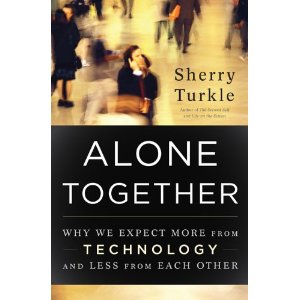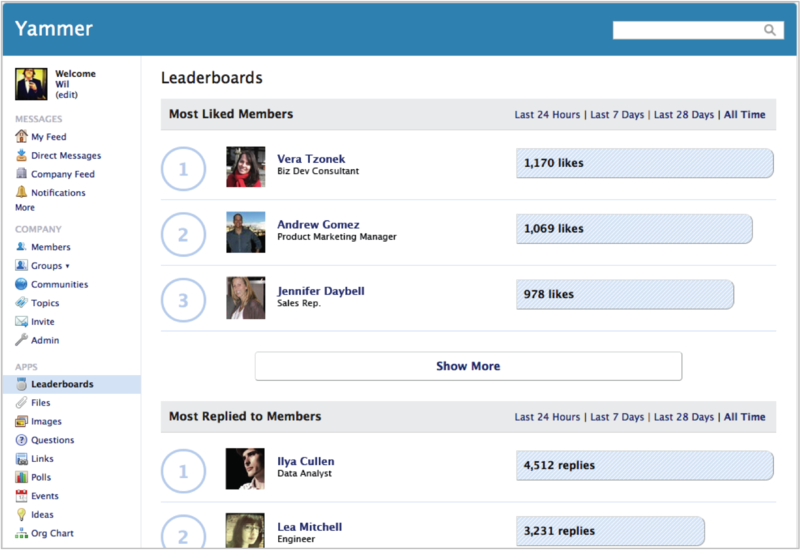Modern Alchemy
Tonight night on the HR Happy Hour show we will be joined by MIT Professor Sherry Turkle, author of the recent book 'Alone Together: Why We Expect More from Technology and Less from Each Other'.
'Alone Together' is almost two separate, but linked works. Yesterday I looked at the first section of the book, 'The Robotic Moment: In Solitude, New Intimacies', which explores the world of 'social robots'; today the focus turns to the second half of the work; Networked: In Intimacy, New Solitudes', which focuses on the always on, always connected world of social networks and virtual worlds.
Whether it is Facebook, text messaging, or instant messaging - these days it seems for many of us, the notion of being 'alone' has changed. Particularly with the advent of the smartphone, devices with computing power and capability that rival the desktops and laptops of just a few years ago, as many of us move around the world we carry our networks with us.
Tens, hundreds, maybe even thousands of friends, fans, followers, always within reach, just a few taps away. It is sort of comforting I suppose to think that with the rise of social networks and smartphones that for many of us we no longer have to truly be alone, or as Professor Turkle suggests, we are now 'alone together'.
But this connectivity comes with a cost. For adolescents and teens, the smartphone serves not only as a constant tie to parents and friends, but a kind of tether as well. In 'Alone Together' we hear tales from numerous teenagers that have grown weary with the constant demands that the connected life imposes - text messages that have to be answered immediately, calls from parents that have to be taken, and Facebook profiles that have to be carefully developed, maintained, and nurtured.
Charlie Brown from Peanuts was able to assess his relative popularity and standing in the school based on the number of Valentines that he received in the mail box. Today teens are judged by the interaction on their Facebook walls. If a few days go by without anyone leaving a message on their walls, many teens begin a conscious strategy of posting on other's walls, relying on the norms of reciprocity to generate posts back to their profiles. If there was one main point in Professor Turkle's studies of teens that resounded with me, it was this almost obsessive concern with Facebook.
But while the book spends significant time discussing the impact of the connected life on children, there are certainly lessons for adults as well. Young and mid-career professionals are depicted as having to be 'always on', the BlackBerry constantly within reach, a never-ending series of beeps and blinking red lights to be attended to, to be in a way nurtured. Parents are seen as dividing their time and attention between family events like ball games and dinners and their smartphones. The book describes this being in two places, the real and the network, as a kind of 'Modern Alchemy', as if through technology we have discovered a way to create time.
Ironically some of the same teens that lament the power and stress that comes from the connected life tell Professor Turkle that their parents are too often not 'fully there' for them, with the BlackBerry and iPhone too enticing to fully leave behind, if only for a short while.
As always, there is more to the story than the simplistic - 'Just put away the darn BlackBerry for five minutes' argument. These networks, the enabling technologies that make the networks constantly available, and the demands that we feel that they impose (either real or imagined), continue to change the way children grow up, the way we relate to each other, and the expectations of the modern workplace.
What does it mean? What can or should be done?
Tune in to the HR Happy Hour show tonight!

 Steve
Steve





